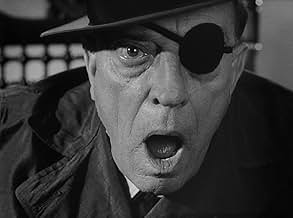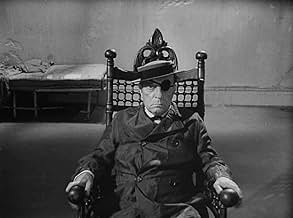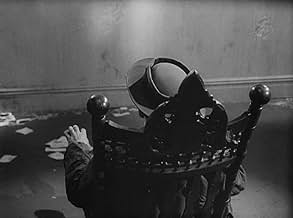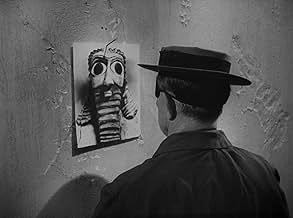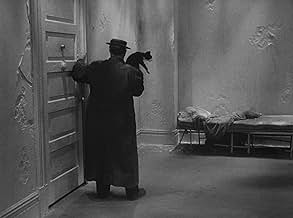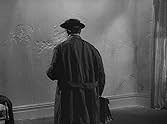Ajouter une intrigue dans votre langueA twenty-minute, almost totally silent film (no dialogue or music, save one 'shhh!') in which Buster Keaton attempts to evade observation by an all-seeing eye. But, as the film is based arou... Tout lireA twenty-minute, almost totally silent film (no dialogue or music, save one 'shhh!') in which Buster Keaton attempts to evade observation by an all-seeing eye. But, as the film is based around Bishop Berkeley's principle 'esse est percipi' (to be is to be perceived), Keaton's ver... Tout lireA twenty-minute, almost totally silent film (no dialogue or music, save one 'shhh!') in which Buster Keaton attempts to evade observation by an all-seeing eye. But, as the film is based around Bishop Berkeley's principle 'esse est percipi' (to be is to be perceived), Keaton's very existence conspires against his efforts

